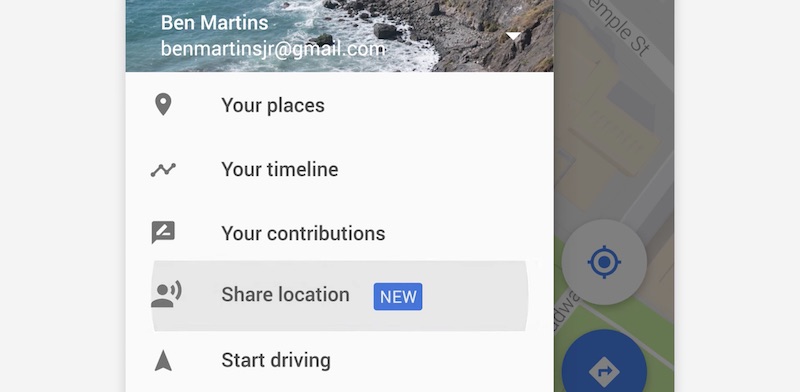As reported by MIT Technology Review: Electric cars will be good for the planet and autonomous vehicles will reduce the number of road accidents. That much we know. But what other impacts will the coming automobile revolution provide?
What's less certain is how they'll change the world. Benedict Evans, a partner at the Silicon Valley venture capital firm Andreessen Horowitz and no stranger to tech trends analysis, has published some thoughts on what he calls second- and third-order effects of the disruption that’s going to play out on our highways. And his insights describe a future made fundamentally different by the technologies.First, a bit of managing expectations: without regulatory incentives, America’s electric car adoption looks like it will be slow to grow, and the first wave of autonomous cars might prove to be rather underwhelming. And while automakers and technology firms are indeed racing to reboot our cars—making these technologies seemingly inevitable—they are likely to take a while to get here.
Consider electrification. We know that losing the internal combustion engine will be good for the planet. But, as Evans points out, a lot will change when the supporting infrastructure for gas guzzlers disappears: many repair shops will be out of a job, because most car maintenance is focused around the motor. And gas stations no longer have a purpose, so what happens to the convenience stores that they contain—and the half of America’s tobacco sales that gas stations account for?
As for self-driving cars, every company involved in the nascent industry is keen to point out that autonomous vehicles will crash less frequently than those driven by humans. But the benefits of a car that can drive itself aren't limited to moving folks from A to B: it can also go park itself somewhere usually considered too inconvenient for human passengers, ready to be beckoned when needed. That means that huge swaths of land in the hearts of cities, currently used as parking lots, could be repurposed—potentially upending the real estate market.
These are just a couple of the examples Evans provides, and there are far more to consider. He also traces out large-scale ramifications for the electricity industry, as home solar storage systems for car charging help solve the problem of peak demand; increased commute distances made possible by autonomous cars that drive faster and fender-to-fender; and huge shifts in the public transit sector as on-demand autonomous vehicles break down boundaries between cars, taxis, and buses.
But it's the combination of these outcomes that's really interesting. In an America without gas stations and inner-city parking lots, where on-demand transport rivals public transit, and car crashes are nonexistent, the urban landscape is redefined. In Europe, most cities predate cars by centuries, and were always built to be walkable. They could easily revert to type. American cities, on the other hand, have been designed around the car. That means that the way they’re used could change altogether.
Ultimately, then, if some of Evans's scenarios actually play out, the automotive technology revolution might not just transform the cars we sit in—but our very environment, as well.























